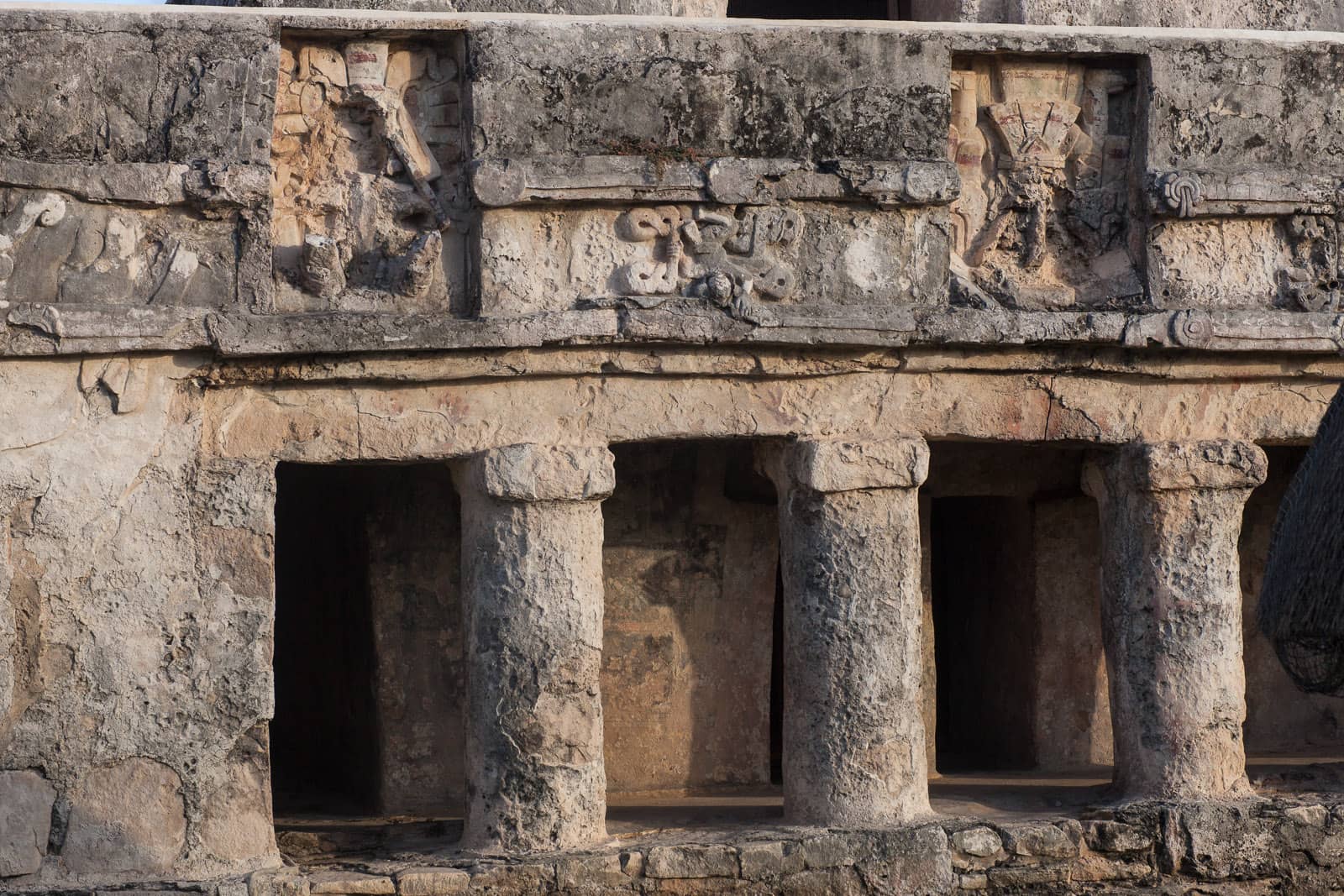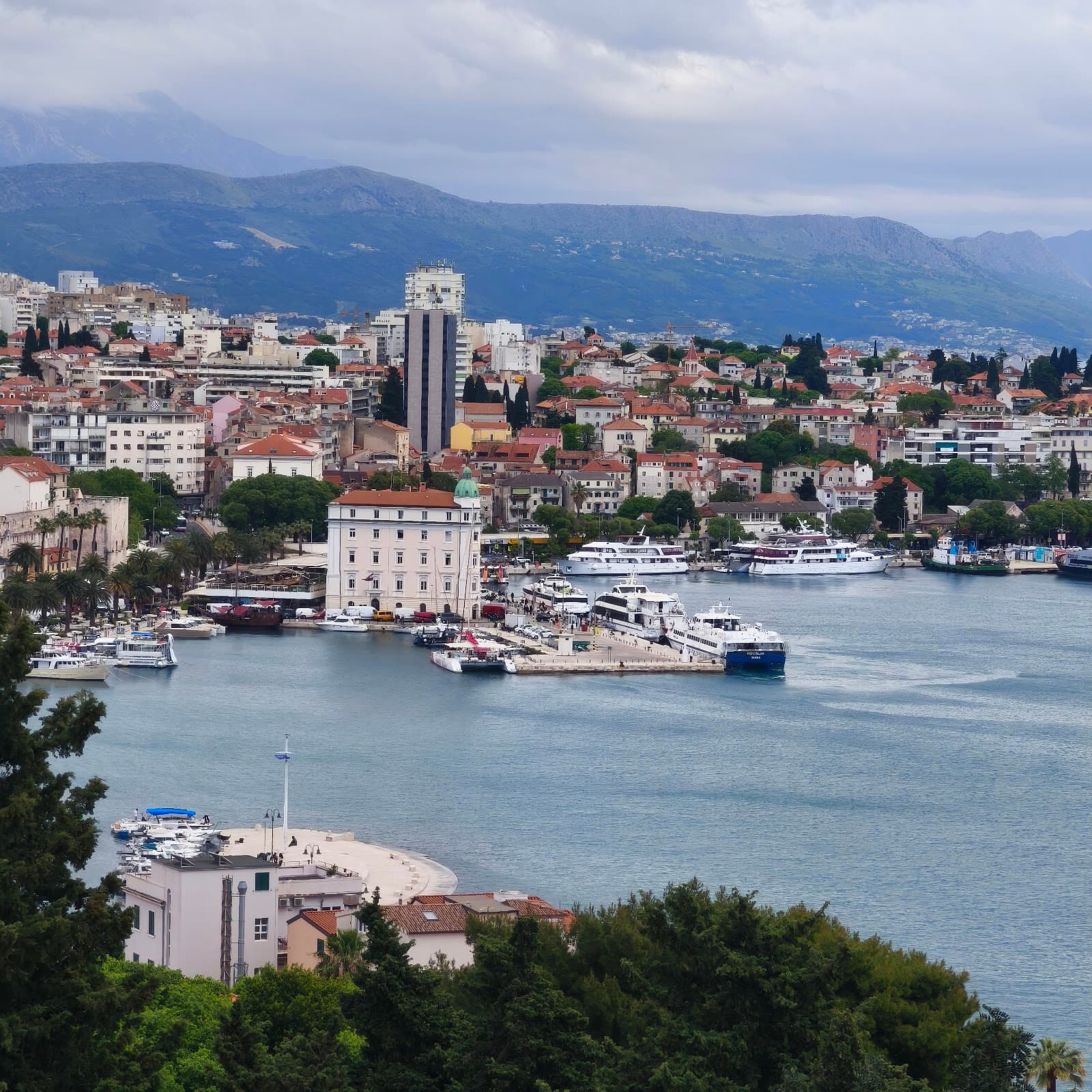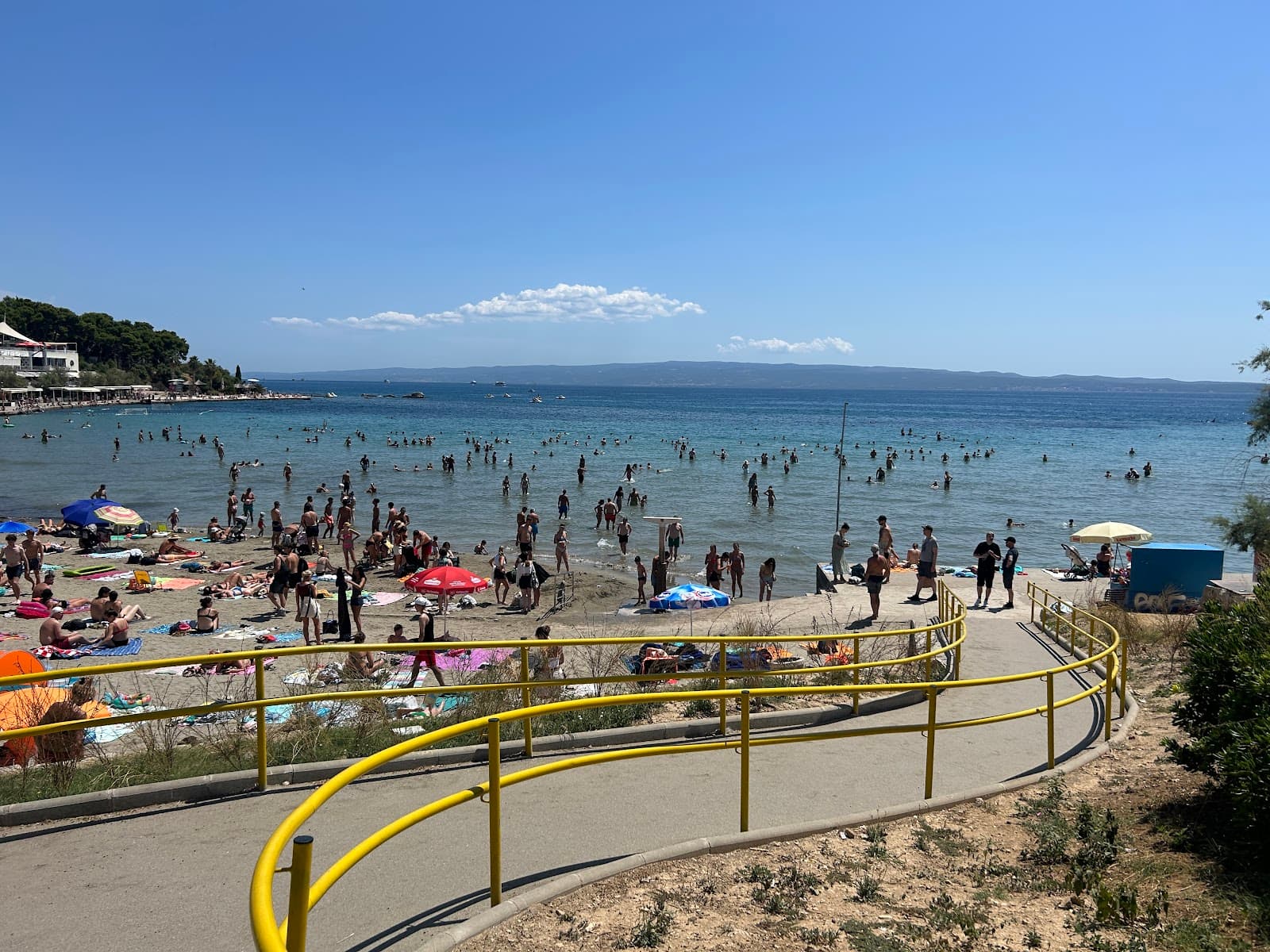
Archaeological Museum Split
Discover ancient Roman history at Split's Archaeological Museum, featuring impressive stone carvings and artifacts.

Highlights
Must-see attractions

Social
From TikTok & Reddit
Best Time
Fewer crowds, more peaceful viewing

Archaeological Museum Split
Best Time
Fewer crowds, more peaceful viewing

Highlights
Must-see attractions
Discover ancient Roman history at Split's Archaeological Museum, featuring impressive stone carvings and artifacts.
"An impressive collection of Roman stone carvings, though many descriptions are in Croatian."

📱 Use QR Codes for Info
Scan QR codes on exhibits for detailed information and audio guides, bridging the language gap.
🚶♂️ Explore the Garden First
The outdoor collection of stone carvings is a major highlight and often more engaging than indoor exhibits.

Highlights
Discover the most iconic attractions and experiences

Outdoor Stone Carving Collection
Museum Garden
An impressive array of sarcophagi, headstones, and Roman stonework, some dating back to the 1st century.
Medusa Exhibition
Indoor Gallery
A well-curated exhibit showcasing the myth and imagery of Medusa, offering a more detailed narrative.

Cave Retreats Exhibit
Indoor Gallery
Explore ancient cave sites that served as spiritual retreats and meditation centers.
Plans like a pro.
Thinks like you
Planning Your Visit
Language Barrier Alert
Manage Expectations
Best Times
Insider Tips
from TikTok, Instagram & Reddit
📱 Use QR Codes for Info
Scan QR codes on exhibits for detailed information and audio guides, bridging the language gap.
🚶♂️ Explore the Garden First
The outdoor collection of stone carvings is a major highlight and often more engaging than indoor exhibits.
National Archaeological Museum
🤔 Be Prepared for Limited English
Many descriptions are in Croatian. Use translation apps or focus on visual appreciation.
💡 Look for the Medusa Exhibit
This indoor exhibition is noted for its better explanations and engaging presentation.
Tips
from all over the internet
📱 Use QR Codes for Info
Scan QR codes on exhibits for detailed information and audio guides, bridging the language gap.
🚶♂️ Explore the Garden First
The outdoor collection of stone carvings is a major highlight and often more engaging than indoor exhibits.
🤔 Be Prepared for Limited English
Many descriptions are in Croatian. Use translation apps or focus on visual appreciation.
💡 Look for the Medusa Exhibit
This indoor exhibition is noted for its better explanations and engaging presentation.
💰 Small Contribution
The entrance fee is modest, offering good value for those interested in local archaeology.
What Travellers Say
Reviews Summary
Visitors praise the Archaeological Museum Split for its impressive collection of Roman stone carvings and its affordable entry fee. However, many note a significant lack of English descriptions for exhibits, requiring visitors to rely on translation apps or audio guides. Some also find the organization of artifacts to be scattered, with certain displays lacking detailed context.
"I loved this place and want to give it five stars but most of the information inside is in Croatian only and not English.
The outside takes as much time and is filled with excellent archeological finds from the area.
Inside, various rooms are divided into eras and themes. One of the rooms is dedicated to caves that served as retreats and meditation centers which I wish had the information provided in English. I had to use my phone to get an idea of some of the information. Upstairs there are some more modern pieces and history of the building."
Thomas Winslett
"Quite a bad museum to be honest. Their collection is impressive as the nearby roman site is of some significance. Yet, nothing is contextualized and very little is explained. The building housed a small exhibition which when we were there was the best part. Otherwise it's just scattered objects and parked electrical scooters."
Floris van Hal
"Interesting place, but some of the exhibitions lack some kind of direction and explanation. Especially the one about the tombstones, an explanation about its content (if they only talk about the person or how they died, why there are no dates, etc.), or the shortcuts like HMHNS or DM. The Medusa exhibition corrected this mistake, but it seemed like it lacked funding. The exhibitions would be nice if they had more depictions, simply showing broken pieces of amphorae and vessels seems lazy. But I believe this is due to the lack of funding. I wish that such important subject that Archeology is ok gets better funding and people have more space to execute finer ideas in the discipline of museum showcasing."
Karel Čejka
What People Like
What People Dislike
Frequently Asked Questions
🚇 🗺️ Getting There
The museum is centrally located in Split, Croatia. It's easily accessible on foot from the city center and Diocletian's Palace. Public buses also stop nearby, making it convenient to reach from various parts of the city.
Parking in Split can be challenging. There are public parking garages and street parking options, but they can be expensive and fill up quickly, especially during peak season. It's often easier to walk or use public transport.
Many visitors find walking to the museum the most enjoyable way to experience the city. It allows you to soak in the atmosphere of Split before arriving at the museum.
🎫 🎫 Tickets & Entry
Opening hours can vary seasonally. It's best to check the official museum website or local listings for the most up-to-date information before your visit.
Admission fees are generally quite affordable, often around €8. This provides good value for exploring the significant collection of artifacts.
While online ticket purchasing might be available, it's often straightforward to buy tickets upon arrival, especially during less crowded times. Check the museum's official website for the latest ticketing options.
Information on discounts for students, seniors, or groups is usually available on the museum's official website or at the ticket counter. It's worth inquiring if you qualify.
Crowds can vary. Weekday mornings tend to be less busy, offering a more relaxed experience. Afternoons and weekends can see more visitors.
🎫 🏛️ Onsite Experience
The outdoor collection of Roman stone carvings, including sarcophagi and headstones, is highly recommended. The Medusa exhibition is also a standout indoor display.
Yes, audio guides are available and can be accessed by scanning QR codes on exhibits. This is particularly helpful for understanding artifacts with limited written descriptions.
Most visitors spend 1-2 hours exploring the museum, focusing on the outdoor garden and key indoor exhibits. If you plan to read every available description, you might need more time.
While the museum primarily focuses on historical artifacts, the visual nature of the stone carvings might appeal to older children. Specific interactive exhibits are not widely mentioned.
Start with the outdoor garden to see the impressive stone carvings, then move to the indoor galleries. Utilize the QR codes for more in-depth information.
🍽️ 🍽️ Food & Dining
The museum itself does not typically have a cafe or restaurant. However, Split has numerous dining options just a short walk away.
You'll find a wide variety of restaurants and cafes in the vicinity of the museum, especially around Diocletian's Palace, offering local Croatian cuisine and international options.
It's generally advisable to consume outside food and drinks before entering the museum to avoid any potential issues with museum policy.
📸 📸 Photography
Photography policies can vary. Generally, non-flash photography for personal use is permitted, but it's always best to check for any specific restrictions posted within the museum.
The outdoor garden with its array of stone carvings offers excellent photographic opportunities. The Medusa exhibition also provides visually interesting subjects.
Drone photography is typically not allowed in or around historical sites and museums due to regulations and preservation concerns.
For Different Travelers
Tailored advice for your travel style
👨👩👧 Families with Kids
🏛️ History Buffs & Archaeology Enthusiasts
🚶♀️ Solo Travelers
Deep Dives
In-depth insights and expert knowledge
Navigating the Collection: From Stone to Story
Inside, the museum is divided into various rooms dedicated to different historical periods and themes. While some exhibits, like the one on cave retreats, are intriguing, they often suffer from a lack of detailed English descriptions. The Medusa exhibition is frequently cited as a more successful display, offering better explanations and a more engaging narrative. Visitors keen on understanding the nuances of the tombstone exhibition, for instance, might find themselves wishing for more clarity on dates and inscriptions. The museum's potential is sometimes hampered by what appears to be a lack of funding, impacting the depth of presentation.
Despite these challenges, the museum provides a valuable glimpse into the rich archaeological heritage of Split and its surroundings. For those interested in ancient history, the sheer volume and age of the artifacts make it a worthwhile visit. Utilizing the available QR codes for audio guides is highly recommended to bridge any informational gaps and enhance the overall understanding of the exhibits.
The Value Proposition: An Affordable Dive into History
While the museum might not boast the grandeur or extensive English signage of larger, more internationally funded institutions, its strength lies in its authentic collection and its contribution to understanding the region's past. The presence of original artifacts, even if not always perfectly contextualized, provides a unique historical perspective. The opportunity to explore ancient Roman stonework and learn about historical practices like cave retreats offers a rewarding experience for those with a genuine interest in archaeology.






Social
from TikTok, Instagram & Reddit